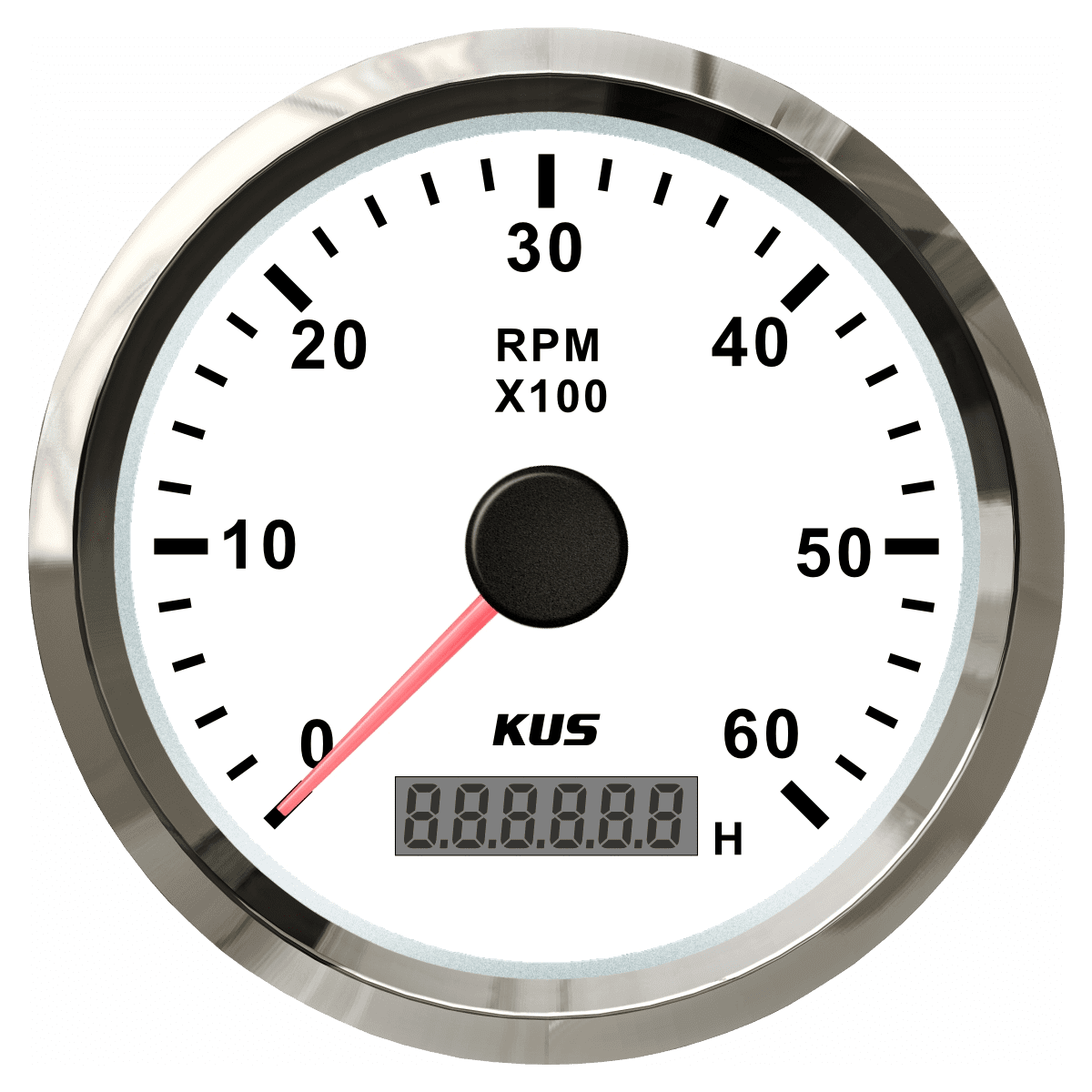Professional Tips for Maintaining and Adjusting Your Tachometer
Professional Tips for Maintaining and Adjusting Your Tachometer
Blog Article
Opening the Keys of Tachometers: Every Little Thing You Required to Find Out About This Important Instrument in Your Vehicle
Understanding the intricacies of tachometers can give beneficial understandings into your car's performance and upkeep demands. From determining engine speed to deciphering the information it provides, tachometers act as an essential device for automobile owners and enthusiasts alike. By untangling the secrets behind this vital instrument, you can open a riches of information that can boost your driving experience and make sure the longevity of your vehicle.
Relevance of Tachometers
The importance of tachometers lies in their capacity to offer crucial real-time information regarding an engine's rotational rate, enabling for precise surveillance and maintenance of equipment. By determining the changes per minute (RPM) of an engine's crankshaft, tachometers supply useful insights right into the engine's efficiency - tachometer. This data is essential for making sure that the engine operates within its ideal range, preventing possible damage from over-revving or underperforming
Tachometers play an essential role in aiding operators and service technicians detect any type of anomalies in the engine's speed, which can indicate problems such as gas inefficiency, mechanical issues, or too much strain on the engine. By immediately identifying these problems with tachometer analyses, maintenance can be done proactively, protecting against costly repair services and downtime over time.
Furthermore, tachometers are especially critical in high-performance vehicles and machinery, where exact control over engine rate is necessary for optimal operation. Racing cars and trucks, airplane, and commercial equipment depend on tachometers to provide peak performance while preserving safety and security criteria. Basically, tachometers are not just instruments for determining rate yet indispensable tools for guaranteeing the smooth and effective operation of engines across different applications.
Exactly How Tachometers Procedure Engine Speed
Making use of sensing units that detect the regularity of electric pulses generated by the engine's ignition system, tachometers accurately measure the rotational speed of an engine. By keeping an eye on the rate at which these pulses are gotten, tachometers offer real-time feedback on exactly how quick the engine's crankshaft is rotating per min, generally referred to as transformations per minute (RPM)
The tachometer's sensor, commonly linked to the engine's ignition coil or ignition system cords, gets the electric signals created each time a cylinder fires. These signals are after that converted right into RPM readings presented on the gauge or tool cluster within the vehicle driver's view. Tachometers can be analog or electronic, with modern lorries typically including digital display screens for accurate and rapid RPM readings.
This details is essential for chauffeurs to recognize the engine's performance, stop over-revving, optimize gear changing, and guarantee effective gas consumption. By properly measuring engine rate, tachometers play a vital function in aiding drivers operate their lorries safely and effectively.
Analyzing Tachometer Analyses
Having a clear get more understanding of special info exactly how tachometers gauge engine rate sets the foundation for successfully analyzing the RPM readings showed. Translating tachometer analyses is essential for ideal lorry efficiency and engine health. RPM (Transformations Per Min) analyses on the tachometer show the rate at which the engine's crankshaft is revolving. When the engine is idling, the tachometer needle generally rests around 600-1000 RPM, depending upon the lorry. As you increase, the RPM will certainly increase, reflecting the engine's higher rotational speed. When moving gears in a hands-on transmission automobile, the RPM will certainly go down as you involve the clutch and modification equipments, after that increase once again as you speed up in the brand-new equipment. Keeping an eye on the tachometer can aid you establish one of the most reliable changing factors to make the most of fuel economic climate and engine power. Additionally, unusual fluctuations or regularly high RPM readings could indicate possible concerns with the engine that might need expert attention. By taking notice of the tachometer analyses and recognizing exactly how to translate them, you can ensure your vehicle runs efficiently and effectively.


Tips for Using Tachometers Effectively
To boost driving effectiveness and maximize engine performance, what key methods can be executed for effectively using tachometers? Tachometers are essential devices that offer real-time responses on engine speed, making it possible for motorists to make informed decisions for far better performance - tachometer. Below are some suggestions for making use of tachometers efficiently:
Comprehending Ideal RPM Array: Familiarize yourself with the ideal RPM (Changes Per Min) range for your car. Maintaining the engine within this array can improve fuel effectiveness and prolong the engine's lifespan.
Changing Gears at the Right Time: Utilize the tachometer to identify the most effective time to shift equipments. Upshifting also early or far too late can result in reduced performance and efficiency. Objective to shift equipments when the RPM reaches the optimum array for the following equipment.
Monitoring Engine Tension: High RPMs for prolonged periods can strain the engine. Watch on the tachometer to prevent over-revving, especially throughout velocity or when lugging hefty tons.
Tachometers and Car Maintenance
When thinking about car maintenance, tachometers play an essential role in monitoring engine efficiency and identifying possible concerns. Tachometers supply vital data on engine speed, permitting motorists and auto mechanics to guarantee that the engine is operating within the advised RPM variety. Frequently keeping track of the tachometer readings can aid determine problems such as engine misfires, damaged ignition system, or problems with the fuel distribution system. By taking note of the tachometer, drivers can protect against extreme strain on the engine, which can bring about expensive repairs the original source down the line.
Along with identifying prospective concerns, tachometers can also help in optimizing fuel performance. By keeping the engine speed within the optimum range, motorists can boost their gas mileage and decrease gas intake. This not only profits the vehicle driver's purse however additionally contributes to ecological preservation by lowering dangerous exhausts.
Conclusion

Report this page